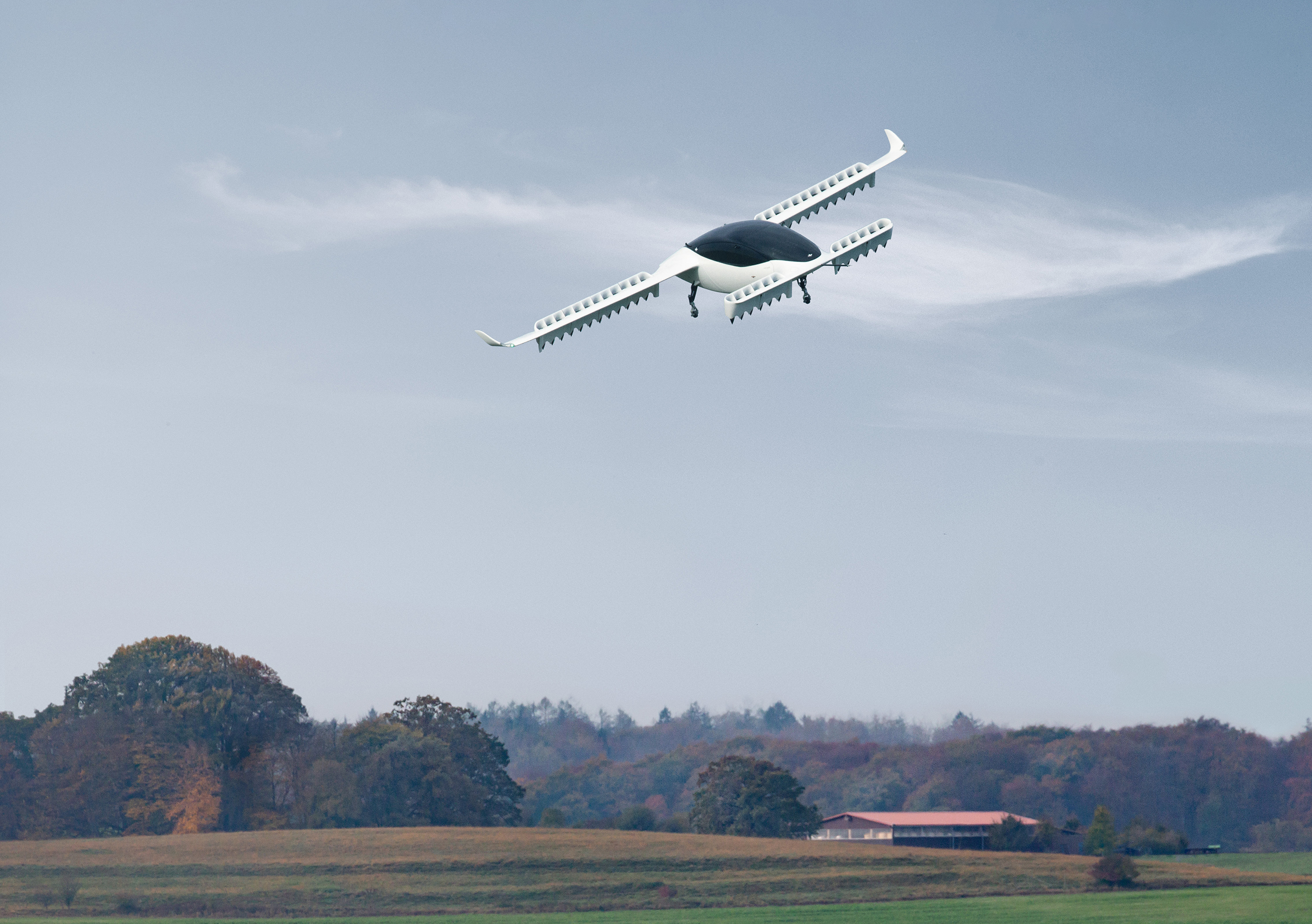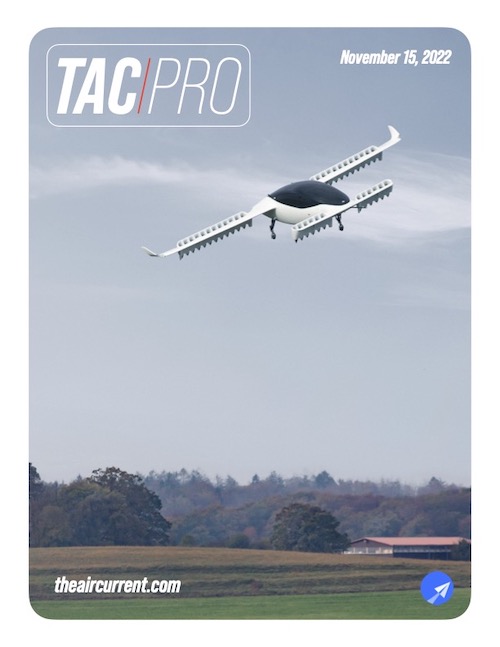Log-in here if you’re already a subscriber
An updated analysis of battery requirements for electric vertical take-off and landing aircraft by two influential academic researchers moves Lilium’s design into the realm of possibility, although the German eVTOL developer could still face challenges in executing on its battery strategy.
Lilium has never denied that its all-electric Lilium Jet, which features 30 ducted fans across its main wings and canards, will require more power to hover than competing eVTOL designs due to its high disc loading, which is the ratio of an aircraft’s weight to the area swept by its lifting blades.
However, a paper published last year by Carnegie Mellon researchers Shashank Sripad and Venkat Viswanathan indicated that the Lilium Jet’s battery requirements were literally off the chart in terms of the specific power and energy needed at the pack level, thanks to both its disc loading and ambitious targeted range.
Related: Batteries are a looming certification challenge for electric aviation hopefuls
Now, after 10 months of constructive dialogue, Sripad, Viswanathan and Lilium have converged on a new analysis which they believe accurately reflects the status of the Lilium Jet following its preliminary design review. While the aircraft remains an outlier among eVTOLs with respect to power required, it occupies a design space that is theoretically possible using advanced battery chemistries that have been demonstrated in a laboratory setting.
Subscribe to continue reading...Subscribe to Continue Reading
Our award-winning aerospace reporting combines the highest standards of journalism with the level of technical detail and rigor expected by a sophisticated industry audience.
- Exclusive reporting and analysis on the strategy and technology of flying
- Full access to our archive of industry intelligence
- We respect your time; everything we publish earns your attention


